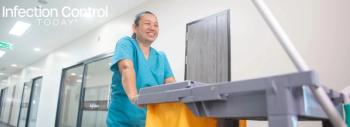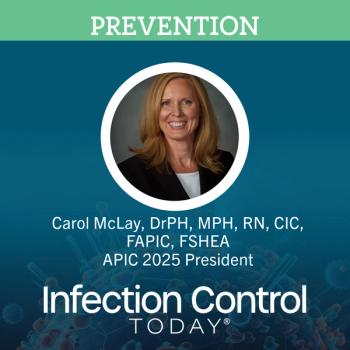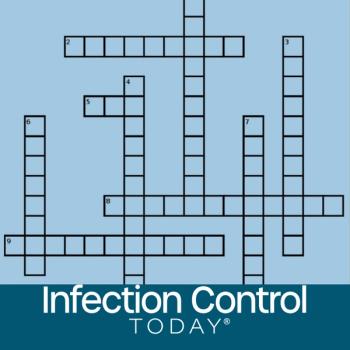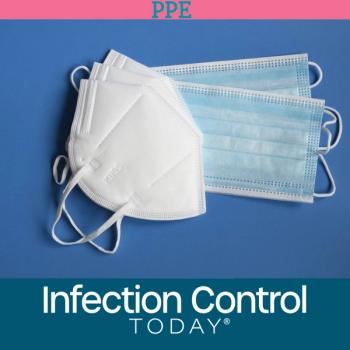
How Infection Prevention and Occupational Health Intersect in Health Care Facilities
If you’ve ever been asked to track flu shots and handle a chemical splash in the same breath, you’ve met the IP–OH blur. Infection prevention and occupational health often intersect—but their missions differ. Knowing where each begins ensures safer patients, safer staff, and smoother responses.
If you’ve worked in the field of infection prevention (IP), you’ve likely encountered moments when your department was mistaken for occupational health (OH). Whether it’s questions about workplace injuries or vaccine tracking, the overlap in responsibilities can sometimes blur the lines between these 2 essential functions. However, while both departments are deeply committed to protecting health care staff, their roles are distinct and complementary.
IP focuses primarily on reducing the risk of health care-associated infections and managing exposures to infectious diseases within the patient care environment. OH, on the other hand, is centered on the overall health, safety, and wellness of employees in the workplace. These departments often work closely together, especially during infectious disease exposures, but their responsibilities differ in scope and execution.
A common example of collaboration between IP and OH is in the management of tuberculosis (TB) exposures. When a patient is diagnosed with active TB, the IP team initiates contact tracing to identify which staff members may have been exposed. This information is then handed off to OH, which takes the lead in notifying staff, monitoring symptoms, arranging testing, and providing prophylactic treatment as needed. This coordinated response ensures both patient and staff safety while maintaining adherence with institutional and public health guidelines.
Vaccination programs are another area where IP and OH intersect. IP may monitor vaccine uptake rates and identify trends or coverage gaps, while OH is responsible for administering vaccines and maintaining immunization records. Both OH and IP are also responsible for reporting staff vaccination data to appropriate national databases, most notably the CDC’s National Healthcare Safety Network.
Respiratory protection is also a shared responsibility. OH usually conducts fit testing for N95 respirators and other protective equipment, while IP may oversee the broader respiratory protection program, including policy development, staff education, and adherence monitoring. This partnership is especially vital during respiratory illness seasons or pandemics, when proper use of personal protective equipment is essential.
Despite these areas of collaboration, there are clear distinctions between the 2 departments. OH addresses a wide range of employee health issues beyond infectious diseases, including workplace injuries such as sprains and fractures, as well as chemical exposures. For instance, a splash from a cleaning agent or a flush system is typically an OH concern, not an IP issue, unless the exposure involves a biological hazard.
In smaller facilities, such as long-term care or skilled nursing environments, the roles of IP and OH may be combined. In these settings, a single individual may be responsible for fit testing, monitoring staff callouts, tracking vaccine adherence, and managing exposure incidents. This dual-role model requires a broad skill set and a deep understanding of both infection control and OH principles. For example, my time as an IP control officer at a skilled nursing facility encompassed both roles.
Ultimately, IP and OH are both vital to maintaining a safe and healthy health care environment. Their collaboration ensures that infectious risks are managed effectively, workplace injuries are addressed promptly, and staff wellness is prioritized. Recognizing the unique contributions of each department and fostering strong communication between them is key to building a resilient and responsive health care system. The two departments should maintain regular communication to ensure coordination and collaboration.
Newsletter
Stay prepared and protected with Infection Control Today's newsletter, delivering essential updates, best practices, and expert insights for infection preventionists.






